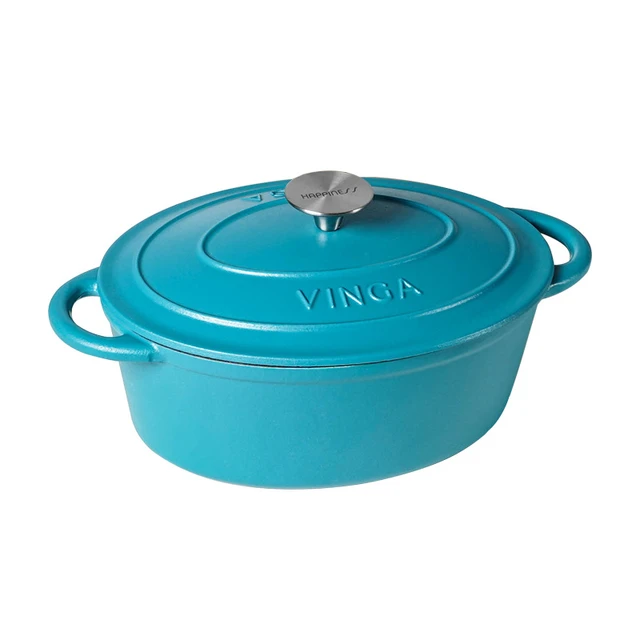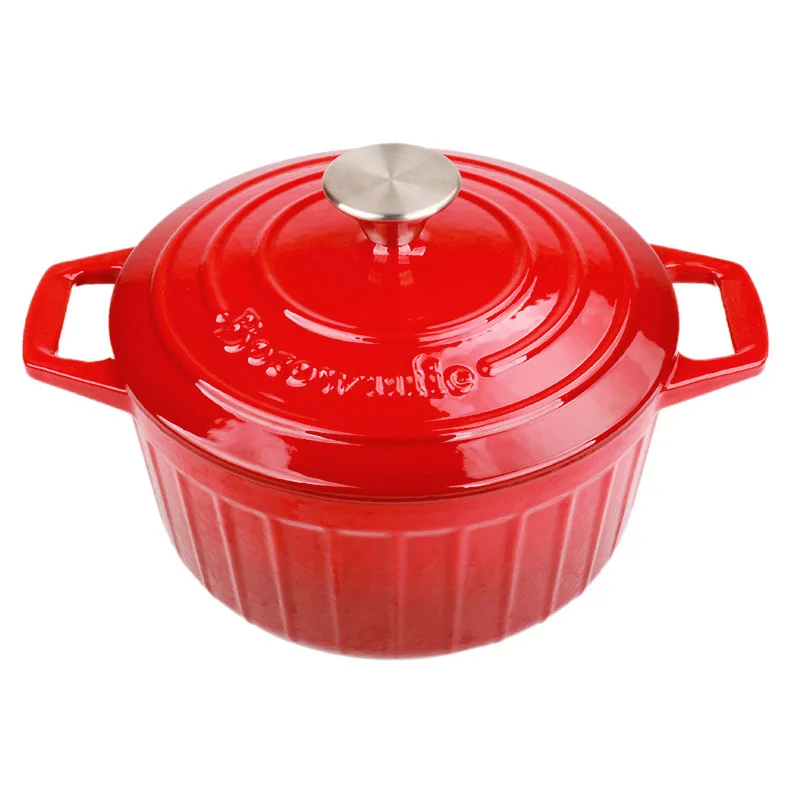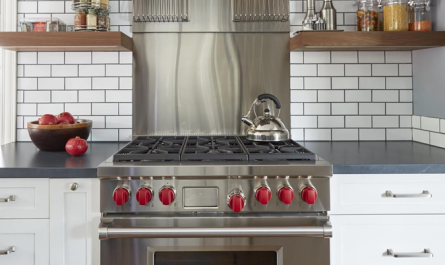Introduction:
Cleaning a cast iron Dutch oven is an important part of its maintenance to ensure its longevity and optimal cooking performance. Cast iron is a durable material that requires special care to prevent rust and maintain its natural non-stick surface. In this article, we will explore the best way to clean a cast iron Dutch oven, discussing step-by-step instructions, tools and materials needed, and tips for proper care and seasoning. By following these guidelines, users can keep their cast iron Dutch oven clean and in excellent condition for years to come.

What is the best way to clean a cast iron Dutch oven?
Gather the Necessary Tools and Materials:
a. Warm Water: You will need warm water for the initial cleaning and rinsing process.
b. Mild Soap (Optional): A small amount of mild dish soap can be used, but it’s not necessary for routine cleaning.
c. Non-abrasive Sponge or Brush: Use a non-abrasive sponge or brush specifically designed for cleaning cast iron surfaces.
d. Plastic Scraper or Spatula: A plastic scraper or spatula can be used to remove any stubborn food residue.
e. Paper Towels or Clean Cloth: These are used for drying the Dutch oven after cleaning.
f. Vegetable Oil or Cast Iron Seasoning Oil: To protect and maintain the non-stick surface of the cast iron, you will need a suitable oil for seasoning.
Clean the Cast Iron Dutch Oven:
a. Let the Dutch Oven Cool: Allow the Dutch oven to cool down completely before cleaning to avoid potential burns.
b. Remove Any Food Residue: Using a plastic scraper or spatula, gently remove any food residue from the surface of the Dutch oven. Be careful not to use anything abrasive that may scratch or damage the cast iron.
c. Rinse with Warm Water: Rinse the Dutch oven thoroughly with warm water to remove any loose food particles.
d. Use Mild Soap (Optional): If desired, add a small amount of mild dish soap to the warm water and gently scrub the interior and exterior surfaces of the Dutch oven. Avoid using excessive force or abrasive materials that may remove the seasoning.
e. Rinse Thoroughly: Rinse the Dutch oven again with warm water to ensure all soap residue is removed.
f. Dry the Dutch Oven: Using paper towels or a clean cloth, thoroughly dry the Dutch oven to prevent any moisture from causing rust.
Season the Cast Iron Dutch Oven:
a. Apply a Thin Layer of Oil: Using a clean cloth or paper towel, apply a thin layer of vegetable oil or cast iron seasoning oil to the entire surface of the Dutch oven, including the interior and exterior.
b. Wipe Off Excess Oil: Wipe off any excess oil with a clean cloth or paper towel. The cast iron should have a slight sheen, but there should be no visible oil pooling or dripping.
c. Bake the Dutch Oven: Preheat your oven to a temperature of around 350°F (175°C). Place the Dutch oven upside down on the oven rack to allow any excess oil to drip off. Bake the Dutch oven for about an hour, then turn off the oven and let it cool down completely.
d. Repeat as Needed: Depending on the condition of the cast iron and how well it retains seasoning, you may need to repeat the seasoning process periodically to maintain the non-stick surface.
Tips for Proper Cast Iron Dutch Oven Care:
a. Avoid Harsh Cleaning Agents: Refrain from using harsh cleaning agents or scouring pads that can strip away the seasoning and damage the cast iron surface.
b. Avoid Soaking in Water: Do not soak the cast iron Dutch oven in water for extended periods, as this can cause rust. Instead, clean it promptly after use.
c. Dry Thoroughly: Always ensure the Dutch oven is completely dry before storing or seasoning to prevent rust formation.
d. Avoid Abrasive Utensils: When cooking with a cast iron Dutch oven, use wooden or silicone utensils to avoid scratching the surface.
e. Store Properly: Store the Dutch oven in a dry and well-ventilated area to prevent moisture buildup and rust. If stacking with other cookware, place a layer of paper towel or cloth between each piece to protect the seasoning.
f. Season Regularly: Periodically re-season the cast iron Dutch oven to maintain its non-stick surface and prevent rust. The frequency of seasoning depends on the frequency of use and the condition of the cast iron.
Dealing with Stubborn Stains or Rust:
a. Stubborn Stains: If you encounter stubborn stains or food residue that cannot be removed with regular cleaning, create a paste using equal parts baking soda and water. Apply the paste to the stained area and scrub gently with a non-abrasive sponge or brush. Rinse thoroughly and dry the Dutch oven.
b. Rust Removal: If rust develops on the cast iron surface, gently scrub the affected area with steel wool or a scrub brush. Once the rust is removed, thoroughly clean, dry, and re-season the Dutch oven.
Conclusion:
Proper cleaning and care are essential for maintaining a cast iron Dutch oven‘s longevity and optimal cooking performance. By following these step-by-step instructions and using the appropriate tools and materials, users can effectively clean and season their Dutch oven. Regular cleaning, drying, and seasoning, along with proper storage and care, will help preserve the non-stick surface and prevent rust. With the right maintenance, a cast iron Dutch oven can provide years of enjoyable cooking experiences.




